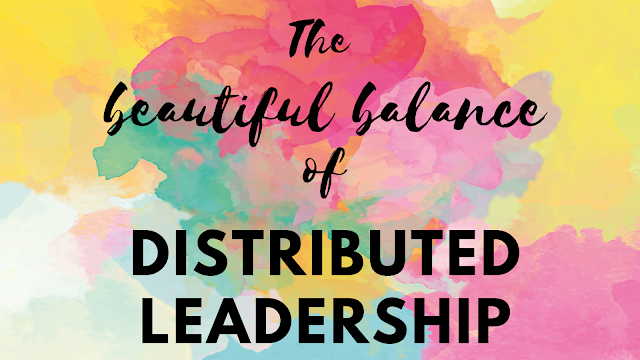How do you balance Top-down with Ground-up for an innovative culture?
The idea: Distributed Leadership is a powerful tool for building learning organizations that continuously learn and innovate. But central to distributed leadership is also a balance of top-down and ground-up approaches: Shared vision driven by leaders but influenced by individuals; Autonomy balanced with individual responsibility; Psychologically safe environment for collaboration balanced with honest, open dialogue; Experimentation and risk-taking balanced with individual/ team competence and discipline.
In my previous blogs I introduced the synergy of Distributed Leadership and a Culture for Distributed leadership. In this blog, I will expand on key supporting features and the simple but important balancing forces needed to make Distributed Leadership approaches thrive.
While I was discovering the importance of these balancing forces through my work, I came across an article in Harvard Business Review - The hard truth about innovative cultures that put words to my experiences and learning. You could probably read this article instead of my blog post, because they definitely captured the idea more eloquently than I did! Anyway, I have tried to synthesize my own ideas into one digestible page by combining my love for mental models (Peter Senge fan alert, again), polarity maps (definitely a blog on this amazing thinking tool in the pipeline) and infographics in general.
As with all amazing but complex things, all of this is much easier said than done, but it always helps to have a good mental model to guide one's thinking! I have tried to represent the synergy of Distributed Leadership in the center with the imbalances of extreme top-down or ground up approaches on either end.
- My realization that educational challenges are complex or 'wicked problems' and solutions to these are never one-size-fits-all. They are convoluted, context-specific, with many moving parts and usually require a mix of several different ideas to solve.
- The massive impact that 'polarity thinking' has had on my own thought processes while addressing these complex challenges. It is one of my most valuable thinking tools and I wanted to share it with more people!





Insightful ! Worth reading.
ReplyDelete